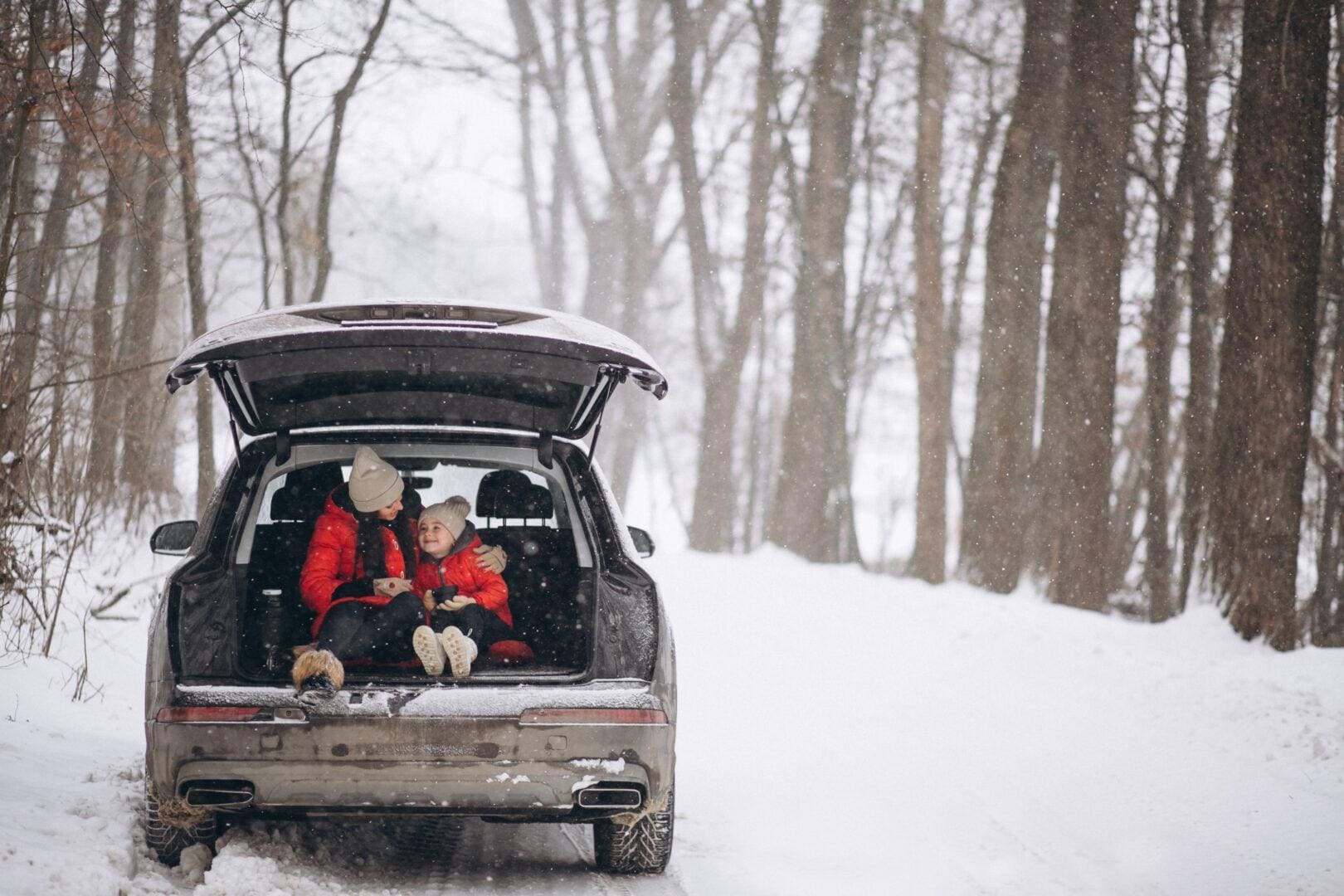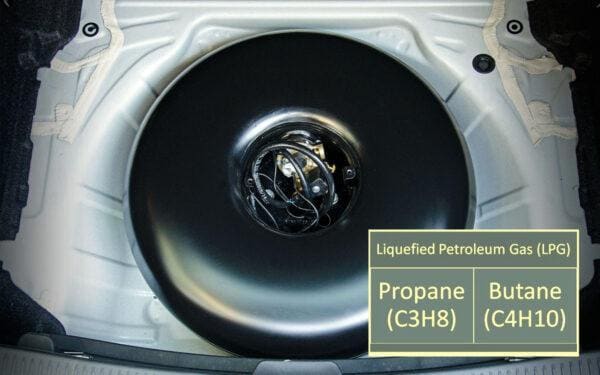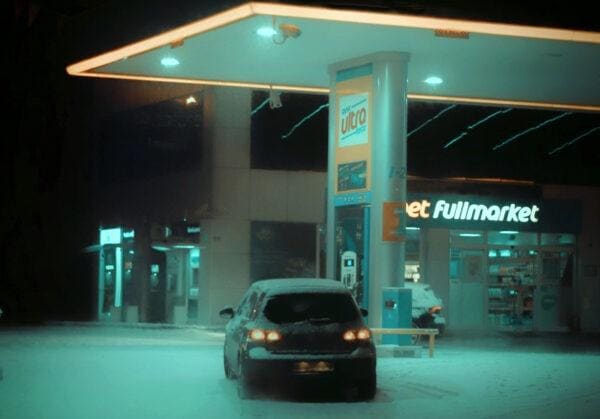Summer LPG and winter LPG – types of LPG in Poland

In Poland on December 1, we will refuel WINTER autogas at the stations. What is winter LPG and is it different from summer LPG? What is worth knowing about these two types of mixtures? Why does autogas composition have to be different in winter from the summer version?
LPG is a liquid mixture of propane (C3H8) and butane (C4H10) as well as trace amounts of other chemical compounds. The two main components of autogas come in different proportions. The quality requirements for liquefied gas used as fuel are specified in the PN-EN 589 standard, the so-called autogas standard. This standard distinguishes between the requirements of the LPG mixture for the summer and winter periods. Norman and the text below refer to the regulations in force in Poland.
How does LPG evaporate and why does it matter?
The filled LPG fuel must ‘get’ from the tank to the next part of the installation. This is possible due to the overpressure generated by the ambient temperature. The liquid fuel partially evaporates in the tank. Then, just above the surface of the autogas, an air cushion is created, which presses the liquid and “pushes” the warm fuel into the further system. Therefore, tension – pressure, is a necessary condition for driving on autogas, and different proportions of LPG mixtures are to guarantee this pressure.

Photo 1 – LPG is a liquid mixture of propane (C3H8) and butane (C4H10) as well as trace amounts of other chemical compounds. The two main components of autogas come in different proportions. Tension – pressure is a necessary condition for driving on autogas, and different proportions of LPG mixtures are to guarantee this pressure.
The vapor pressure of butane and propane
It should be recalled that butane evaporation ceases at a temperature of about -0.5°C. The gas does not freeze, it simply stops boiling. And when the gas does not evaporate – the LPG system does not work. If we were to fill the LPG tank with pure butane, then at a temperature of -5°C, the gas would be liquid … And winter temperatures even drop to -30°C – what in this case? Propane comes in handy as it stops evaporating only at -43°C. Therefore, in Poland winter gas contains about 60% propane and 40% butane – this increases the gas vapor pressure (volatility).
In the case of summer autogas, the proportions are quite the opposite – the propane content is around 40%, and the butane content is 60%. In summer, too high pressure could cause the gas to evaporate too early – already in the installation pipes, which would result in engine malfunctions. Therefore, if we filled up the gas in summer / autumn and waited until winter, then at -15 ° C, driving on gas would not be possible. On the other hand, winter gas can be used in summer.

Photo 2 – The composition of the LPG mixture is dictated by weather conditions. The propane and butane proportions are adjusted to the prevailing temperature and the related vapor pressure. This parameter is responsible for the movement (evaporation) of LPG from the tank to the rest of the gas installation.
Changing the type of LPG at stations
In Poland the change from winter to summer LPG takes place on April 1, but it does not happen overnight. There is even no such need, because the winter gas has better parameters (in terms of resilience) than those required in the summer period. It is different when switching to winter gas, which takes place on December 1. On this day, the fuel must have the parameters required in winter, so the first deliveries of winter autogas take place before December 1. In summary, the summer period runs from April 1 to November 30, while the winter period runs from December 1 to March 31.
Why is winter gas more expensive?
You already know which component is dominant in winter gas – propane. It is generally more expensive than butane, which is dominant in summer gas. Hence the higher price of winter LPG (in short). Moreover, the mixture of summer gas is more efficient (about 6% more caloric) than winter gas. Therefore, fuel consumption should be lower on summer gas.
Climate-dependent LPG
Interestingly, different LPG mixtures are used in different countries. For example, in southern countries with a warm climate, the butane content is increased (to reduce the vapor pressure). Similarly, in countries with a cold climate, the composition of autogas is dominated by propane.

